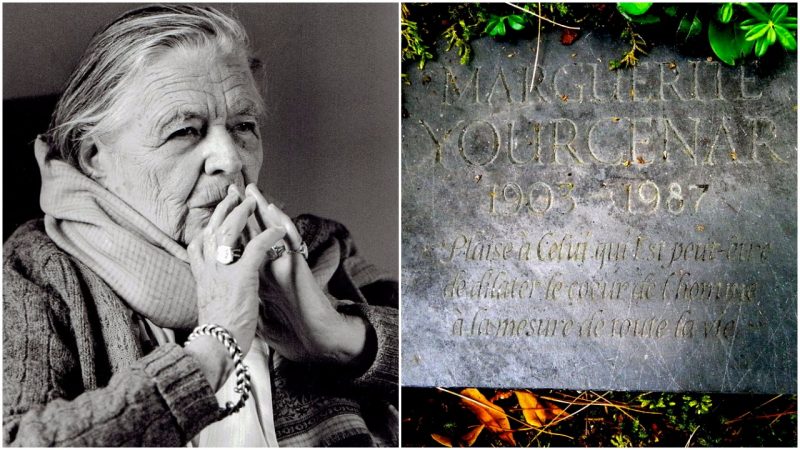Born in Brussels in 1903, Marguerite Yourcenar was the child of Michel Cleenwerck de Crayoncour who was of French bourgeois descent and Fernande de Cartier de Marchienne of Belgian nobility. Her mother Fernande died only ten days after giving birth to Marguerite, who was then raised in the home of her paternal grandmother.
Since a very early age, Yourcenar had a brilliant mind. As a student, she learned at home with tutors, but she also self-educated. Soon, she would know Latin, ancient Greek, as well as English and Italian. An avid reader, it seemed that there was not a single book in the world that Yourcenar had not read. Rumor had it, that when she finished a book she loved, Yourcenar would turn page 1 of that same book and start reading it again. Subsequently, she began to write too, and around the age of twenty, she had already a clear idea of what her books would be about. She adopted Yourcenar as a pen name and produced her first novel in 1929, entitled Alexis.
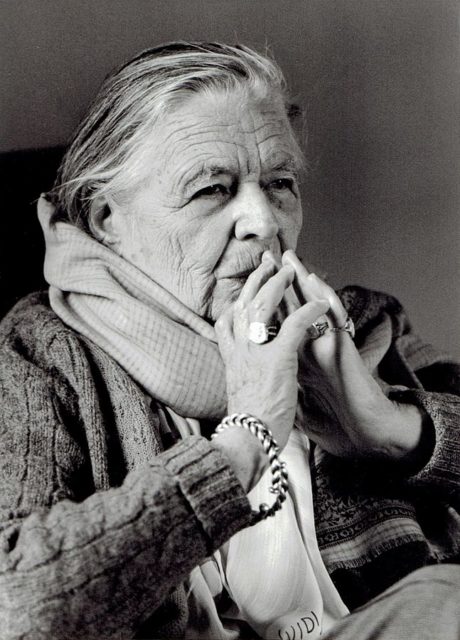
There are many intriguing stories and anecdotes about the life of Yourcenar, a life that was more or less kept private and largely lived in isolation. One such biographical story relates to one afternoon in 1937 when the aspiring French writer was only thirty-three and was sitting in a hotel bar in Paris, discussing the poet Coleridge with a friend. Their conversation was overheard by a woman who was sitting at another table. Allegedly, the woman came over to Yourcenar and her friend and interrupted them, telling them they were all wrong about the poet. The name of the woman was Grace Frick, an American English professor, nearly the same age as Yourcenar. Later that year, Marguerite traveled to the States for the very first time and spent the winter in New Haven with Frick. The two women grew fond of each other’s company and, becoming lovers; they went on to share their life together until Frick’s death in 1979.
The French writer was different in many ways, for instance, never hiding her minor nobility. On the contrary, most people who knew her, and even close friends, addressed her not as Marguerite but as Madame. It is her work of fiction. However, that was probably the most distinguishing factor in her character.
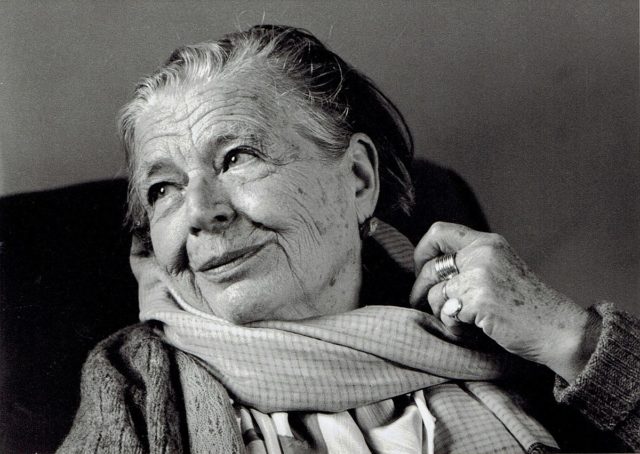
The author gained fame once she published the novel entitled “Memoirs of Hadrian,” in 1951, in France. The book was an output of many years of dedicated work and immense research on the life and times of the notable Roman emperor Hadrian. In the book, she virtually reconstructs the ancient Roman times, and how the Emperor addresses Marcus Aurelius, his adoptive son, and heir. As Hadrian reflects on the past, he describes his achievements and failures, as well as his homosexual love for Antinous. The book was monumental, unlike anything else literary critics had read before.
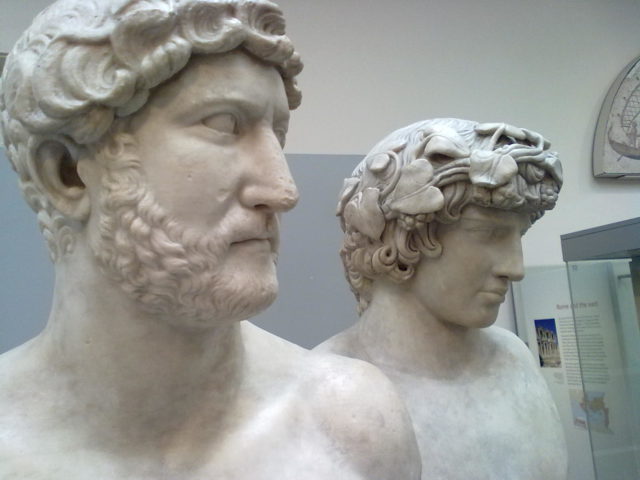
“She continued to embrace anti-sentimentality; indeed, she showed a fondness for brutality. And those traits, together with her highly controlled prose, encouraged critics to say—as they would say throughout her life—that she wrote like a man,” also reports The New Yorker.
Time was one of the central themes in her novels, and “The Abyss” from 1968, was another opportunity for readers to voyage back, but this time to sixteenth-century Flanders. Both novels now had an eerie historical accuracy. However, they were much beyond the regular historical novel. Even Yourcenar regarded the average historical novel as “merely or more or less successful costume balls.”
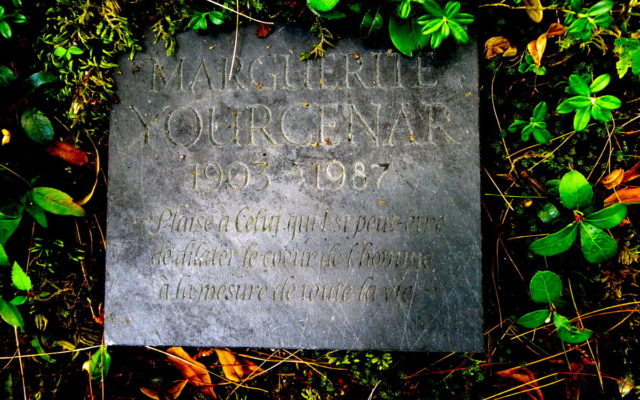
In 1980, as she broke boundaries in narration and fiction, Yourcenar was elected the very first female member of the Académie française, an institution renowned for its dominance of male members only. She became the seventeenth person in history to occupy Seat no. 3 in the French Academy. So Marguerite herself filled the news and wrote history through her life. One anecdote tells of how the bathroom labels needed to be changed in the academy, so as to then read as “Messieurs | Marguerite Yourcenar” (Gents/ Marguerite Yourcenar).
The astounding French writer was also a winner of the Prix Femina and the Erasmus Prize. Among her other work, she had also translated in French probably the most complex novel of Virginia Woolf, The Waves, in a ten months period. Yourcenar passed away in 1987, and her novels continue to be considered superb modern classics.
